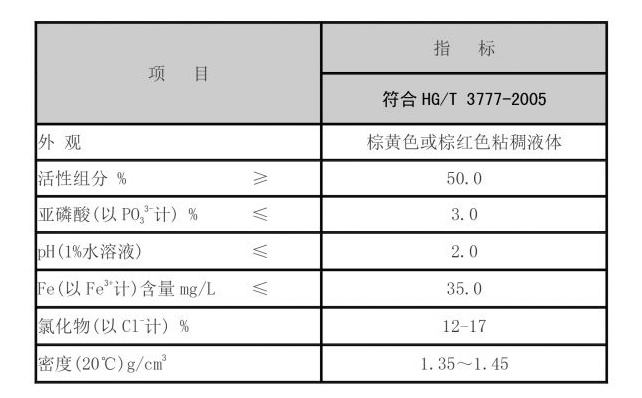poly aluminium
Understanding Poly Aluminium A Versatile Coagulant in Water Treatment
Poly aluminium, commonly known as poly aluminium chloride or PAC, is an inorganic polymer used extensively as a coagulant in water treatment processes. It has gained popularity due to its effectiveness in purifying drinking water and treating wastewater. This article will explore the properties, benefits, and applications of poly aluminium, highlighting its crucial role in environmental management.
What is Poly Aluminium?
Poly aluminium is a chemical compound formed by the polymerization of aluminium chloride in an alkaline environment. Its composition typically includes aluminium, oxygen, and chlorine, with varying degrees of polymerization depending on the manufacturing process. PAC is available in both liquid and solid forms, allowing for flexibility depending on specific treatment needs.
Properties of Poly Aluminium
Poly aluminium exhibits several key properties that contribute to its efficacy as a coagulant. Firstly, it has a high charge density, which enhances its ability to destabilize and aggregate suspended particles in water. This property is vital in removing impurities such as organic matter, heavy metals, and pathogens.
Moreover, the polymeric structure of PAC leads to a larger size of flocs—a cluster of particles that form during coagulation. Larger flocs settle more quickly during sedimentation, resulting in improved clarification of water. Additionally, poly aluminium performs effectively across a wide range of pH levels, making it suitable for various water conditions.
Benefits of Using Poly Aluminium
poly aluminium

One of the primary benefits of poly aluminium over traditional coagulants, such as alum, is its improved performance at lower doses. This results in reduced chemical usage and overall treatment costs. Furthermore, PAC generates less sludge compared to conventional coagulants, leading to lower disposal costs and reduced environmental impact.
Another advantage is the faster settling of flocs, which accelerates the water treatment process. This efficiency can lead to shorter retention times in treatment facilities, thereby increasing throughput. Furthermore, PAC produces high-quality effluent, making it suitable for both drinking water production and wastewater treatment applications.
Applications of Poly Aluminium
Due to its versatility, poly aluminium is used in various sectors. In municipal water treatment plants, PAC is applied to enhance drinking water quality by removing turbidity, colour, and bacterial contents. It is also employed in industrial wastewater treatment processes, particularly in industries such as textiles, paper, and food processing where the removal of specific pollutants is critical.
Additionally, poly aluminium plays a significant role in stormwater management systems. Its ability to aid in the clarification of stormwater runoff effectively supports environmental protection efforts by reducing the amount of pollutants entering natural water bodies.
Conclusion
Poly aluminium is a fundamental component in the water treatment industry, providing an effective and efficient solution for purifying water and treating wastewater. Its unique properties and numerous advantages make it a preferred choice for municipalities and industries alike. As water quality standards continue to evolve and environmental sustainability becomes increasingly important, the role of poly aluminium in promoting clean and safe water access will undoubtedly continue to grow.
-
Understanding Polycarboxylic Acids: Properties, Applications, and Future PotentialNewsJul.28,2025
-
Scale Inhibitor Explained: How to Protect Your System from Limescale and Hard Water DamageNewsJul.28,2025
-
Scale and Corrosion Inhibitors: Essential Chemicals for Industrial Water System ProtectionNewsJul.28,2025
-
Polyaspartic Acid: A Biodegradable Polymer for Sustainable ChemistryNewsJul.28,2025
-
Isothiazolinones: A Versatile Antimicrobial Class with Industrial Power and Regulatory ChallengesNewsJul.28,2025
-
A Deep Dive into 2-Phosphonobutane-1,2,4-Tricarboxylic Acid (PBTC)NewsJul.28,2025





